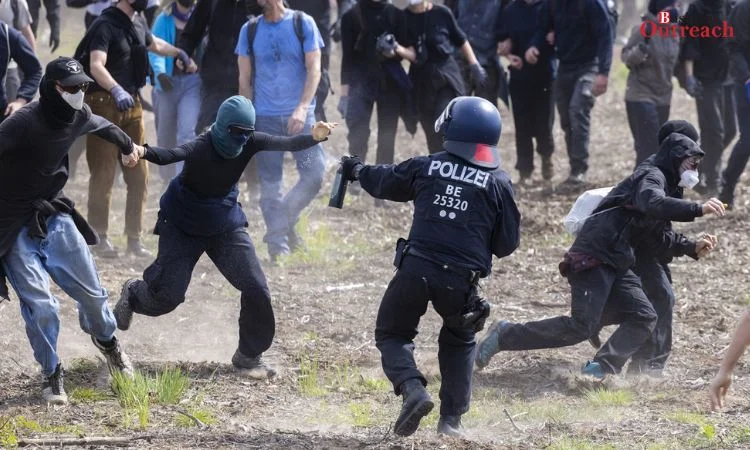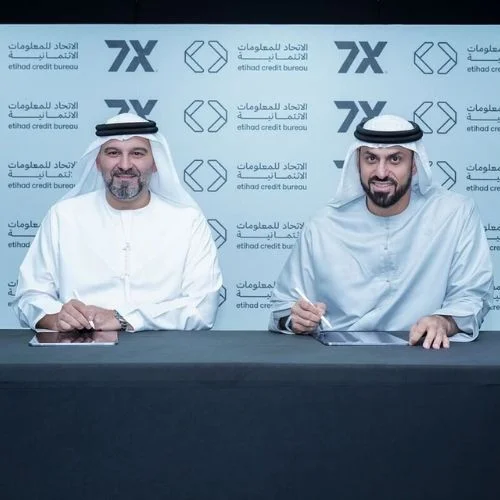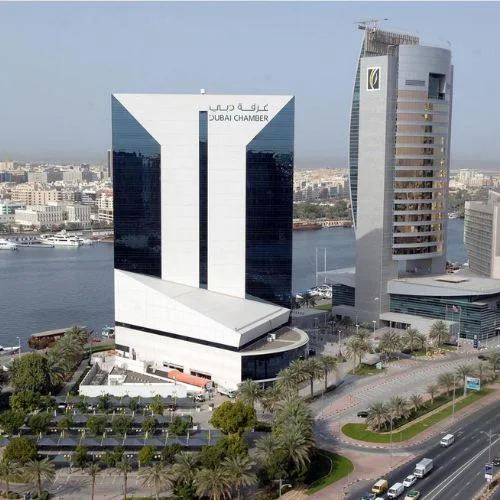Tesla’s massive vehicle and battery factory located just outside Berlin has faced opposition from environmental groups since plans for the facility were unveiled. However, things came to a head yesterday as hundreds of protesters attempted to storm the site, leading to clashes with police.

The demonstration was organized by the activist group ‘Disrupt Tesla’ and drew around 800 participants according to reports. Marching to the factory gates, the protesters voiced concerns over the alleged environmental damage caused by the Gigafactory’s construction and operations. Tesla’s battery and vehicle production processes require large amounts of water and rely on raw material mining like lithium that protesters say harms local ecosystems.
As the crowd gathered, some demonstrators reportedly emerged from a nearby forested area attempting to breach the plant’s perimeter. Video footage captured the intense scene as police worked to prevent any from entering the premises, with physical intervention and at least one arrest. Nearby, medics aided injured individuals while the crowd voiced chants against Tesla’s activities.
While authorities affirmed their duty to protect freedom of assembly, safety was also a priority. Spokesperson Mario Heinemann confirmed police would intervene to maintain order when needed. Additional reports detailed vandalism like protesters using pyrotechnics and paint to damage Tesla vehicles at a car storage site. This escalation of tactics likely contributed to the tense confrontation.
Tesla CEO Elon Musk weighed in on the events on Twitter, questioning why police were less strict with “left-wing protestors.” The company had also curiously closed the factory for the day, though reasons were unspecified. Some see Musk trying to downplay legitimate environmental concerns through such comments.
Speaking to Reuters, protest organizer Ole Becker from ‘Disrupt Tesla’ emphasized their goal was highlighting the factory’s ecological impact. Issues raised include the energy-intensive lithium mining powering EVs. While electric vehicles do reduce tailpipe emissions, manufacturing and power source environmental trade-offs require close examination claim activists.
The factory’s expansion faces additional regulatory hurdles as local authorities review permits and assess compliance with conditions around water usage and wildlife habitats. As Tesla pushes ambitious production targets, balancing environmental protection and economic development remains challenging. Both supporters and critics make reasonable arguments deserving consideration.
With automakers racing to transition to EVs, manufacturing facilities will become increasingly important. As the world’s largest battery plant, Tesla’s “Giga Berlin” is pivotal for accelerating the energy transition. However, public trust and social acceptance also rely on addressing local community concerns and impacts. Yesterday’s clashes risk further straining relations if not managed constructively.
Moving forward, open dialogue between all stakeholders seems vital. Protesters could benefit from focusing demonstrations on policy-makers rather than property disruption. Meanwhile, Tesla must proactively mitigate issues and ensure regulatory compliance to ease tensions. With compromise and understanding on all sides, sustainable solutions balancing priorities can be found. But meaningful change requires willingness from everyone to listen to different viewpoints.
As climate change becomes an ever more urgent crisis demanding swift collective action, cooperation rather than conflict will be needed. Tesla’s German factory has the potential to set a positive precedent or risk exacerbating divides if current challenges are not resolved cooperatively. With good faith on all sides, opportunities may still exist for building understanding to realize green technology’s promise responsibly.















